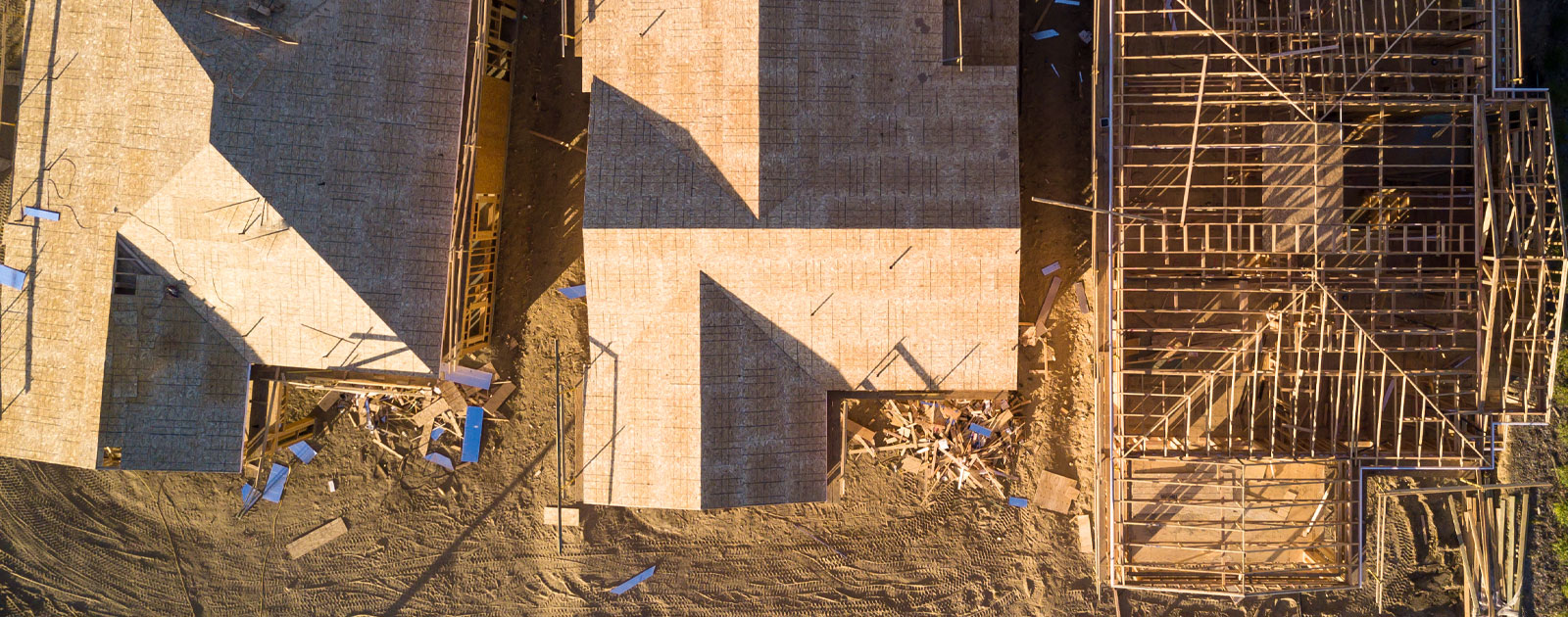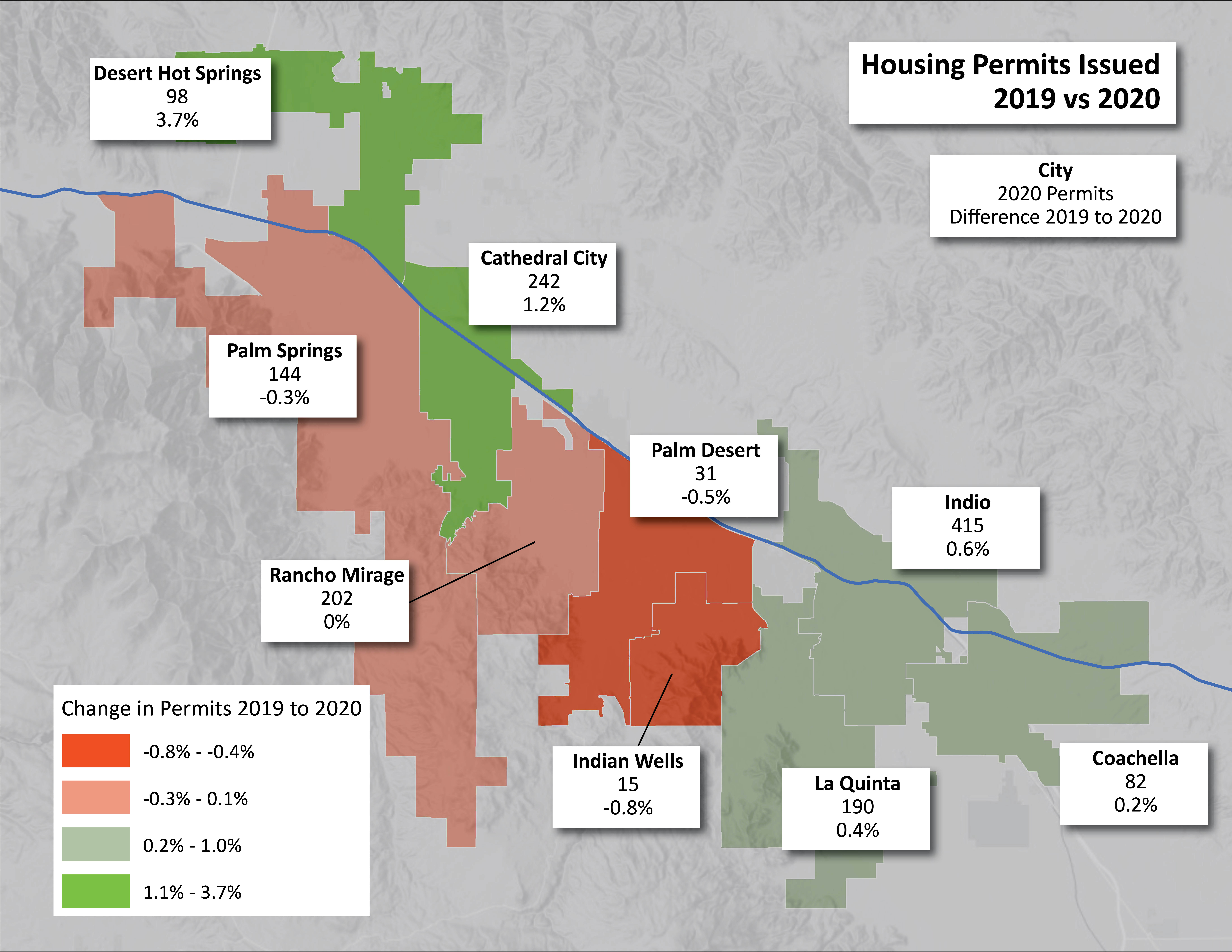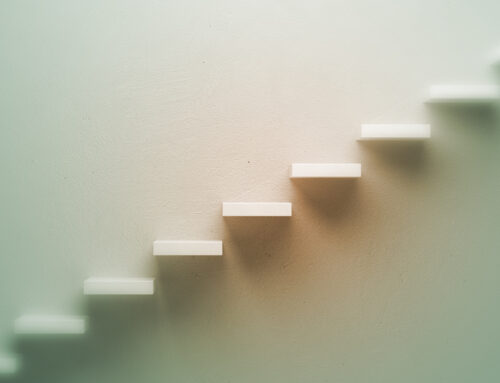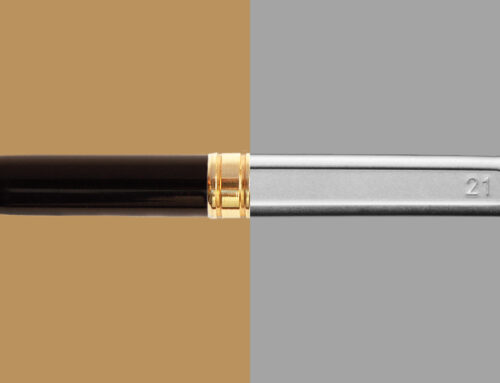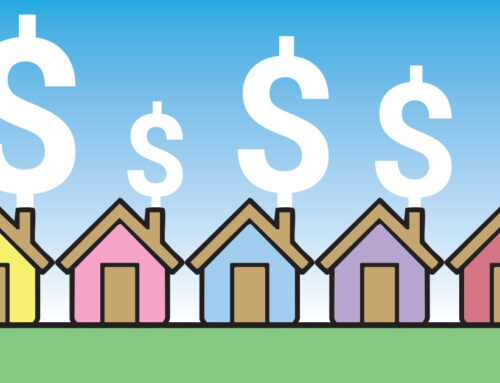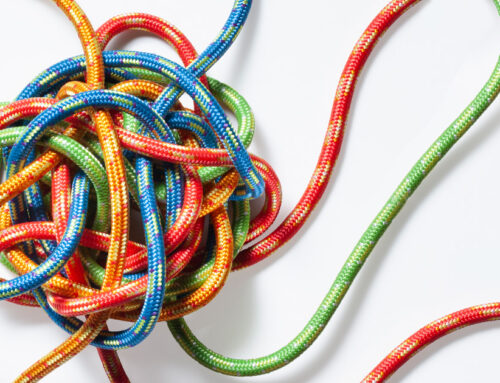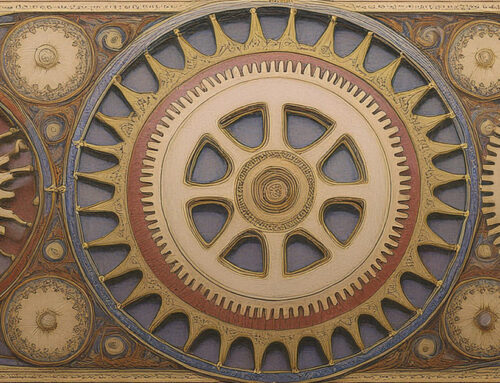In my last blog, I discussed the staggering rise in median home prices in the valley. COVID stay-at-home restrictions and the desire to move to less congested locales unleashed an unexpected buying spree. But the historically low pace of new housing construction, locally and nationally, underlies the explosive rise in median home prices.
This week we were incredibly pleased to have Gretchen Gutierrez, CEO of the Desert Valley Builders Association (DVBA) as the featured speaker at our CVEP Board Meeting. She had us all astounded by data outlining:
- the current hyper-state of valley home sales and costs
- the historically low housing inventory
- the slow pace of new home construction
- many of the underlying reasons why new homes are not being built
- regulations
- land costs
- fees
- material/labor costs, etc.
In the period from 2000 to 2005, sales of new homes (vs. resales) averaged 4,496 annually. Moving ahead to the 2015 to 2020 period, they had plummeted to only 938 annually. As of 2020, it was estimated that the U.S. was facing a housing shortage of 2.5 million units.
The map below shows the number of housing permits issued in each of the 9 valley cities in 2020. It also shows the change in the number of permits from 2019 to 2020. The cities in green saw increases in permitting in 2020, with Desert Hot Springs and Cathedral City having the greatest increases. The cities in red saw decreases, with Palm Desert and Indian Wells seeing the biggest decreases. Despite a slower increase overall, Indio still saw the greatest number of 2020 permits at 415, followed by Cathedral City at 242. The last building boom of 2008, before the Great Recession, saw nearly 8,800 permits issued, as compared to 1,419 in 2020.

